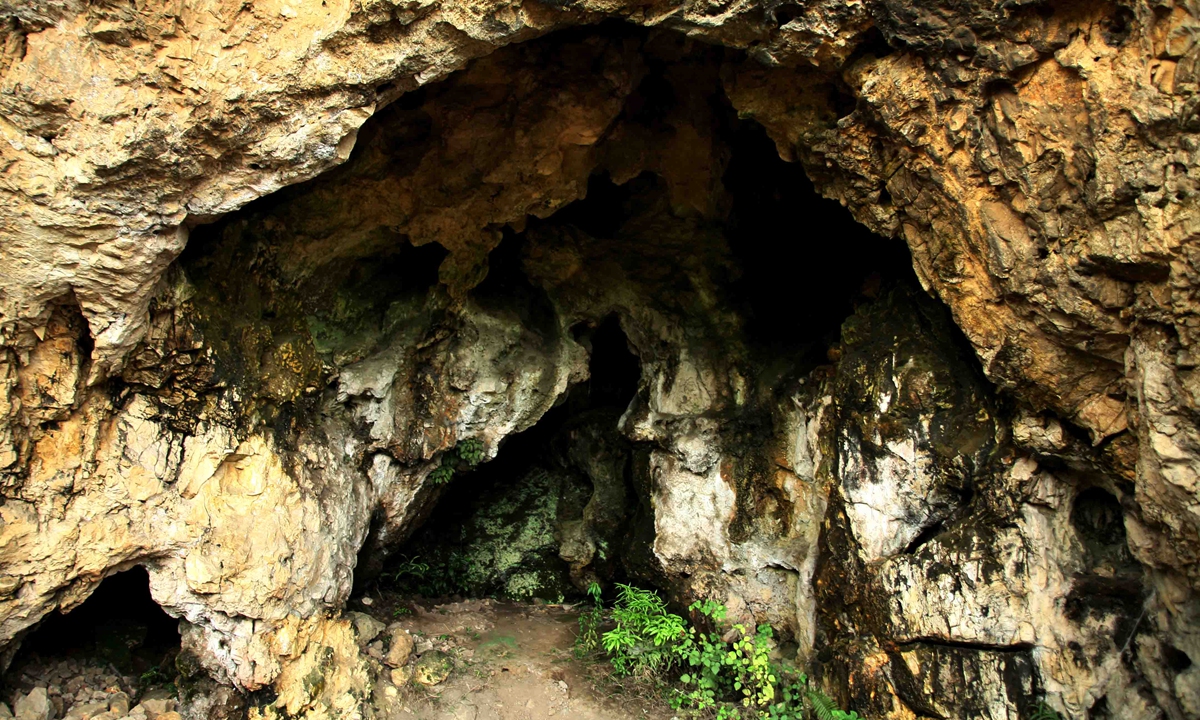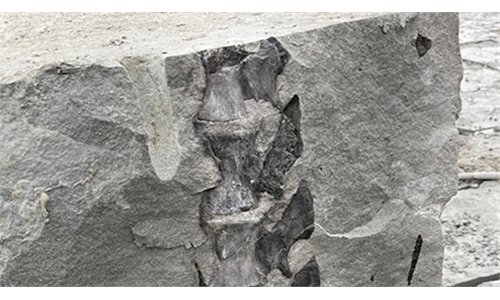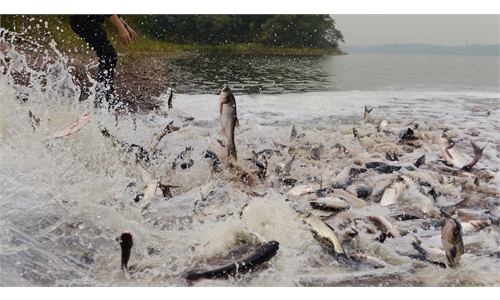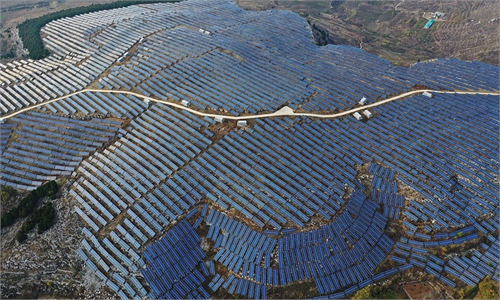Once Kingdom of fossils SW China’s Guizhou Province sees its treasures disappear at an alarming rate

The prehistoric cultural site of ancient humans was discovered for the first time in Huaxi District, Guiyang, Southwest China's Guizhou Province The Province has been known for its richness of the fossils. Photo: IC
In several city suburbs of Southwest China's Guizhou Province, multimillionyearold fossils are not that difficult to find in parks and communities. Yet a lack of protection efforts and massive neglect from society are causing these fossils to disappear at an alarming rate.
In Guiyang, capital city of Guizhou, the Qingyan paleontological fossil group used to be found at the various sites within the 160-square-kilometer-wide geology park in the city suburb. Yet when Tong Jinnan, a geobiologist at the China University of Geosciences (Wuhan), took a field trip there in 2016, there was only one site left due to poor management.
"The largest biological extinction on Earth occurred 250 million years ago, and the subsequent explosion of life occurred over 10 million years. Qingyan is the only area where evidence of this explosion can be traced by scientists," Tong told the Xinhua News Agency.
In another city 168 kilometers away from Guiyang, trilobite fossils can be easily spotted in exposed soil layers, meanwhile thousands of ichthyosaur and sea lily fossils dug from unnamed hills have been piled inside a basement, where they sit unattended.
"Fossils from 444 million years ago are frequently found when workers dig out stones to make bricks. Yet those treasures are just burnt into bricks together with normal ones," said Tong.
"Though they are not that valuable, it's a shame to burn them," a researcher surnamed Wang from the China University of Geosciences (Beijing) told the Global Times on Sunday.
Protection of these relics is difficult.
The province has listed 66 paleontological fossil groups worth protecting. As of 2015 a total of 37,401 fossil stones have been registered, with 357 institutions and individuals participating in the appraisal, based on the data from the local government in Guizhou.
People often overlook the value of these biological relics due to how common they can be, often just tossing them aside when they come across them.
"If it weren't for experts, sometimes we can't tell whether a fossil needs to be protected or not," said Yang Shuo, deputy director at the Bureau of Natural Resources in the Huaxi district, Guiyang.
On the other hand, the wide spread of the fossils across the city has also caused conflicts among city construction, people's daily lives and fossil protection.
Managing the conflicts between fossil group sites and the residents living next to them can be tricky.
"We need to move residents somewhere else first and give them housing compensation, which we don't have," said Liu Youyi, a Party secretary in Qingyan.
"We need to apply for special funds first. That's why the situation is still hanging in the air even after all these years."
"It is unrealistic to rely solely on experts to protect fossils in such a large area. Public participation is necessary of course," Wang told the Global Times.



